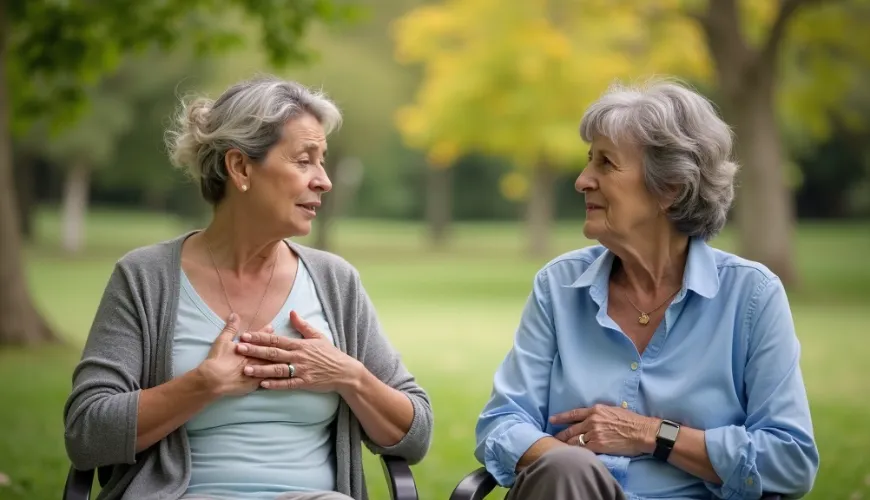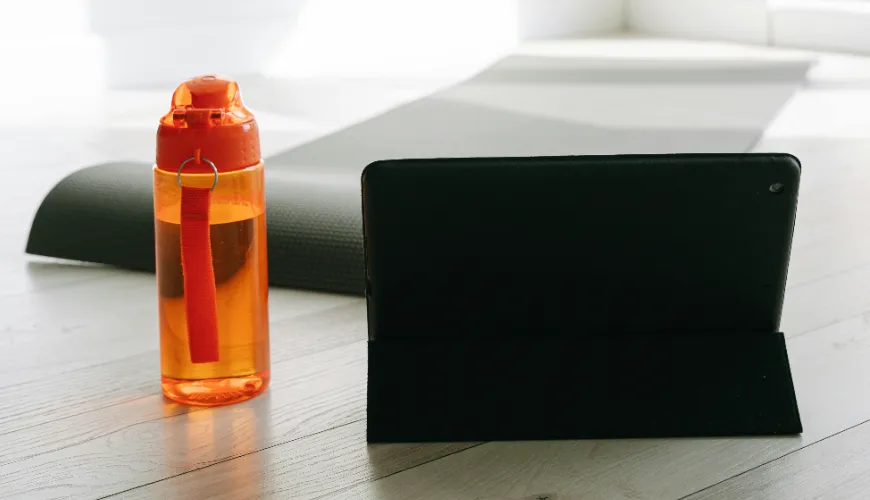
Stroke symptoms and how to correctly identify them in women

When the Body Cries for Help - How to Recognize Stroke Symptoms in Humans and Animals
Stroke. A word that carries not only medical urgency but also the fear that it can come unexpectedly and change life within minutes. Whether it involves a human or even a pet, like a rabbit, timely recognition of stroke symptoms can determine the outcome. Although stroke is more commonly discussed in relation to older people, it does not spare younger generations—and even animals.
According to the World Health Organization, stroke is the second leading cause of death worldwide. In our country, over 25,000 people suffer from it annually. Although general symptoms may seem obvious at first glance, differences based on gender or the severity of the incident can cause a person to not realize the danger in time.
How to Recognize a Stroke - It's Not Always Obvious
A stroke, or medically known as a cerebrovascular accident, occurs when there is a sudden interruption of blood supply to part of the brain—either due to a blocked artery (ischemic stroke) or a ruptured blood vessel and bleeding into the brain (hemorrhagic stroke). In both cases, cells in the affected area begin to die within minutes.
Typical stroke symptoms include:
- sudden weakness or paralysis of the face, arm, or leg, often on one side of the body,
- difficulty speaking or understanding speech,
- blurred or double vision,
- sudden loss of balance or coordination,
- severe headache with no apparent cause.
A simple tool for detecting a stroke is the acronym FAST (Face, Arms, Speech, Time), meaning watch the face (drooping corner), arms (can't raise both equally), speech (is slurred), and time (call an ambulance immediately).
But what if these symptoms are not so obvious?
Mini-Stroke - A Silent Warning Shot
The so-called mini-stroke, also known as a transient ischemic attack (TIA), may last only a few minutes, and the symptoms disappear on their own. This is its most treacherous feature—people often overlook or underestimate it. Yet it is a warning sign that something is not working in the body as it should.
Symptoms of a mini-stroke may include short-term speech disorders, dizziness, vision loss, or loss of control over limbs. They often occur within minutes, sometimes even disappear in a moment. However, it is crucial to recognize that even these "harmless" episodes can precede a much more severe stroke within days.
One of the stories that appeared in the media describes a man in his fifties who came to the emergency room saying he had "strange dizziness and slightly slurred speech" about two days ago. Doctors examined him and found that he had suffered a mini-stroke. Only because he came in time did they prevent another, more severe attack.
Stroke in Women - A Different Body, Different Signals
Even though it may seem that stroke symptoms do not differ significantly between genders, the situation may look a bit different for women—and this is a problem that deserves attention. Their symptoms are often more subtle or simply do not match the typical image of a stroke, which can lead to them being unnoticed by those around them—and sometimes even by the patient herself.
Instead of sudden paralysis or speech difficulties, which we are commonly warned about, a woman may start complaining of strange fatigue with no apparent reason, a feeling of weakness that comes out of nowhere, or perhaps an unpleasant pressure in the chest associated with shortness of breath. This can be accompanied by confusion or sudden memory lapses, sometimes even disorientation, which seems like a manifestation of mental exhaustion. Changes in mood, strange behavior, or emotions that the person cannot explain often appear as well.
And precisely because these manifestations are not so "obvious," diagnosis is often delayed—which is always a problem with such a serious disease as a stroke. Therefore, it is crucial to know that a stroke does not always look like a textbook case, especially when you are a woman.
These atypical stroke symptoms can easily be mistaken for stress, migraine, or fatigue. Especially in younger women, the risk of overlooking them is higher—and yet, for example, the use of hormonal contraception combined with smoking significantly increases the risk of stroke.
While men more often experience a sudden loss of function in some part of the body, women may experience more subjective symptoms that are not immediately visible.
Try our natural products
Stroke in Rabbits - Yes, Animals Also Suffer from Vascular Incidents
It may sound surprising, but stroke can also affect pets—including rabbits. In their case, recognizing symptoms is even more challenging because they cannot speak and the manifestations of the disease are subtle.
When a rabbit has a stroke, it can be quite frightening—suddenly its head begins to tilt to one side, it becomes dizzy, cannot maintain balance, and its eyes dart back and forth as if it has no control. It often stops eating and seems terribly tired. If you notice something like this in your pet, do not wait and head to the vet.
Veterinarians often encounter cases where rabbit owners think their pet has an ear infection or another common illness, but it may actually be a vascular incident. Rabbits are very sensitive to stress, and their vascular system is more fragile than it may seem.
For instance, one real case describes a breeder who noticed her dwarf rabbit suddenly started falling to the side and couldn't maintain balance. After visiting the vet and a CT scan, it was revealed that the rabbit had suffered a mild stroke. Thanks to timely care and rest, its condition improved significantly within a few days.
Listen to the Body - and Not Just Your Own
Although it may seem that stroke is a problem that concerns "someone else," the reality is different. The more we know about the symptoms, the better we can react—not only for ourselves but also for our loved ones or animal friends.
It often happens that a person overlooks the symptoms or does not give them importance. "I was just really tired, I had a lot at work," say women who later end up in the neurology department. Timely response is crucial—every minute counts.
Similar to other health issues, with stroke, prevention is the most effective medicine. A healthy lifestyle, balanced diet, regular exercise, and enough sleep significantly reduce the risk of vascular diseases. And if you have a pet, pay attention to changes in its behavior—even subtle signals can be important.
You may wonder—how could I recognize something as serious as a stroke in a rabbit? Or how do I differentiate if my wife just has a migraine or, conversely, an acute episode? The answer lies in attentiveness, empathy, and trust in instinct. The body often tells us itself—we just have to listen.
In the words of Professor Vladimír Komárek, a leading Czech neurologist: “The brain is an organ that deserves the utmost respect. When it speaks up, it's not wise to ignore its signals.”
A responsible approach to health is not just about medications and doctors but primarily about understanding how our body works—and what it tells us in times when time is of the essence.


